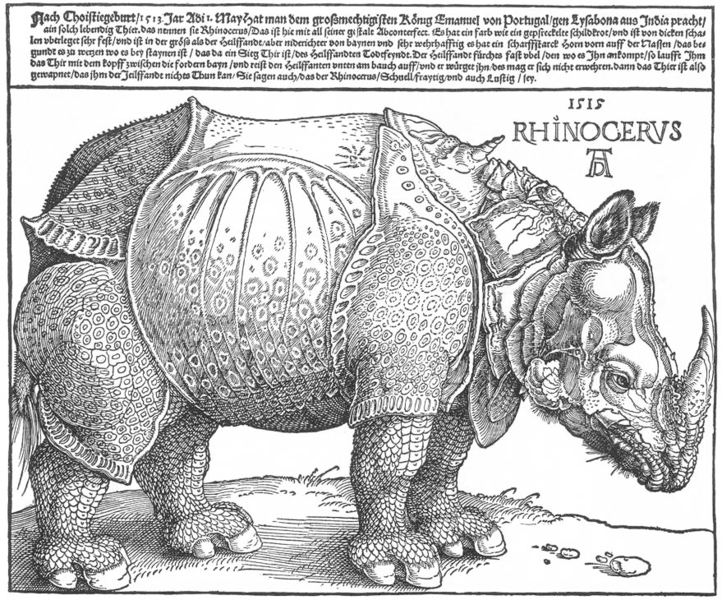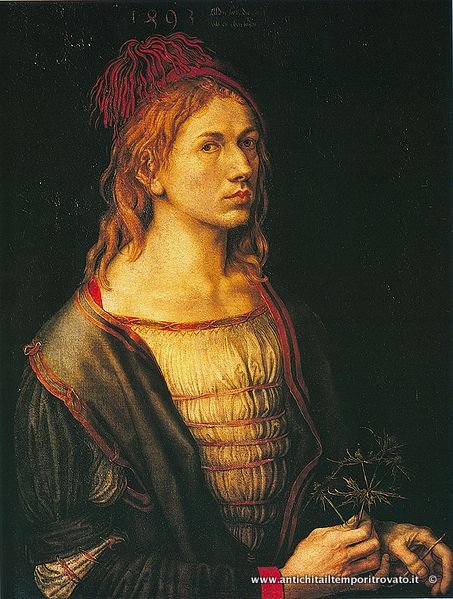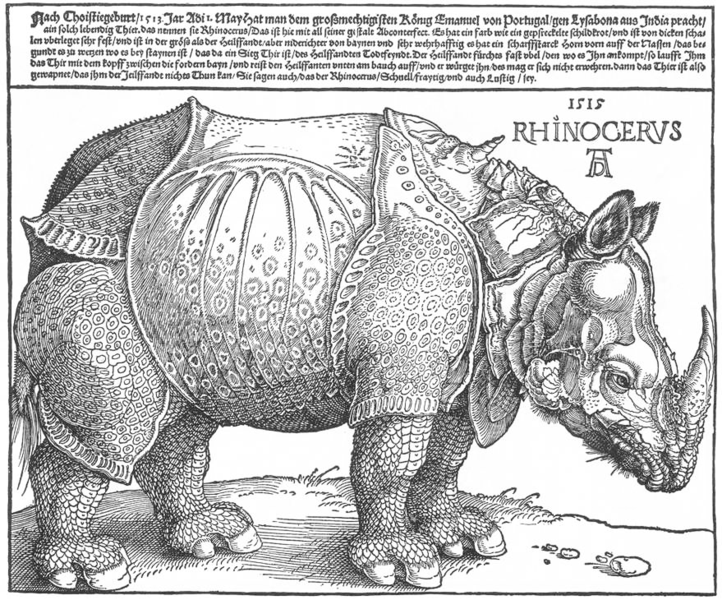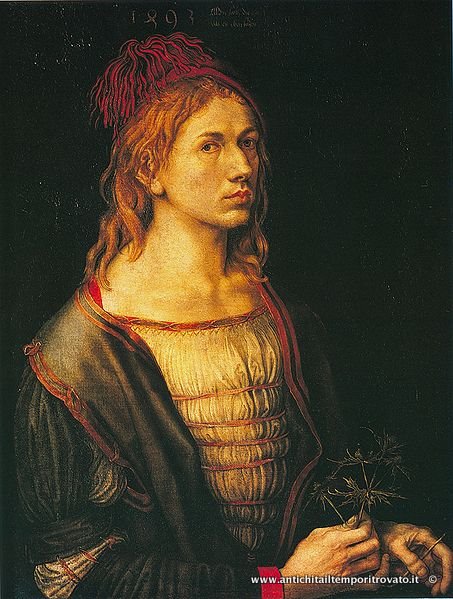A cura di "Antichità il tempo ritrovato" - Cagliari
Pagine
Di tutto un po'
Tecniche
Xilografia
Informazioni da Antichità Il Tempo Ritrovato Cagliari
La storia della xilografia
I primi esempi documentati di xilografia risagono al 600 a.C. in Cina ed in Egitto. I cinesi usavano il metodo xilografico per la controimpressione delle stoffe e in seguito per la scrittura: il testo era scritto in un foglio di carta e riportato a decalco sul legno, che poi veniva inciso a rilievo con i caratteri al rovescio e successivamente inchiostrato
Il metodo xilografico è il più antico tra tutti i metodi di stampa e arrivò in Europa verso il 1300 per la produzione delle carte da gioco. In seguito il processo si estese anche lla produzione di immagini religiose e alla produzione di veri e propri libri (detti xilografici), ottenuti dall`incisionedi frasi intere o paragrafi. Da qui Gutenberg ricaverà ldea dei cratteri mobili, prima in legno e poi in piombo.
Questo tipo di stampa è detta a rilievo ed è caratterizzata dal fatto che le parti che ricevono l’inchiostro sono tutte alla medesima altezza sul piano di stampa, mentre le parti da non stampare sono più basse e incavate, scavate con le sgorbie.
Uno dei maestri indiscussi della Xilografia di ogni tempo è l’artista Albrecht Dürer di Norinberga che nel 400 inventò alcune delle più belle xilografie mai realizzate (a destra una sua xilografia e in basso un ritratto da giovane).
La xilografia può essere di due tipi: su legno di filo e su legno di punta. Dipende dal taglio della tavoletta utilizzata per l’incisione: se è stata ricavata tagliando il tronco in verticale o in longitudinale.Xilografia su legno di filo. Si incide con la sgorbia, con un coltellino da incisione o con un tipo di stiletto giapponeseThe history of the woodcut Solitamente si usano legni di piante da frutta perché sono duri in modo omogeneo e hanno una fibra compata. Ora usano anche legni teneri, ma non permettono un tratto sottile.Xilografia su legno di punta. Si usano legni molto duri per poter incidere col bulino tratti molto sottili.
Information to Antiquities Il tempo ritrovato Cagliari
The history of the woodcut
The first documented examples of woodcut can be dated 600 BC in China and Egypt. The Chinese used the method controimpressione woodcut for the fabrics, and later for writing: the text was written on a sheet of paper and reported on decals on the wood, which was then carved in relief with the characters inside out and successively inked.
400 created the woodcut by Albrecht Dürer of Nuremberg. He made the most beautiful woodcuts ever made.The method woodcut is the oldest of all printing methods and arrived in Europe around 1300 for the production of playing cards. Then the process is extended lla production of religious images and the production of real books (such xylographic), obtained from `incisionedi entire sentences or paragraphs. From here Gutenberg derive ldea cratteri of furniture, first in wood and then in lead.This type of printing is known in relief and is characterized by the fact that the parties receiving the ink are all at the same height on the printing plane, while the parts not to print are lower and hollow, dug with the gouges.One of the undisputed masters of the woodcut of all times is the artist Albrecht Dürer of Nuremberg who in 400 invented some of the most beautiful woodcuts ever made (in its own right and down a woodcut portrait of a young man). The woodcut can be of two types: on wood of wire and on wood of the tip. Depends on the cutting board used for etching: if the trunk was made by cutting vertically or longitudinally.Woodcut on wood of wire.Is incised with a chisel, with a boxcutter incision or with a type of Japanese dagger. Usually are used wood of fruit trees because they are hard in a homogeneous and have a fiber compata. Now they also use softwoods, but not allow a fine line.Woodcut on wood top. It is very hard to use wood engraving engraved with the sometimes very subtle.



